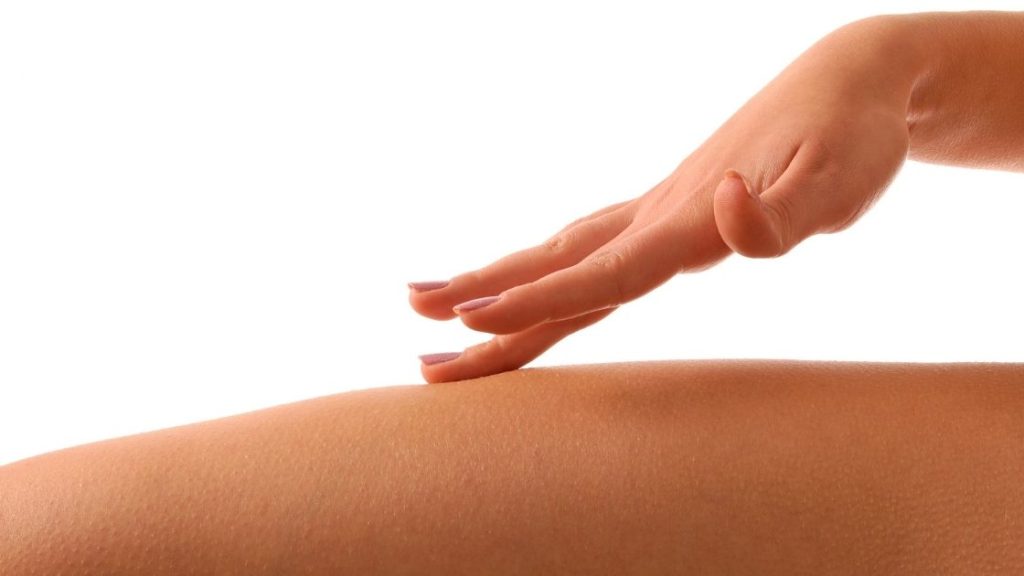The Fundamentals of Fascia

When I search for a photo of fascia, nearly every result is of the muscular system. This coincides with our dissection history in which the superficial fascia was peeled away in order to study the deeper structures. Only recently have we started to study and understand the function of that pesky white stuff.
Imagine your entire body wrapped in Halloween spider webs. Now imagine those tendrils weaving into every muscle fiber, around every internal organ, linking into joint capsules and certain layers of bones, surrounding your nerves, lining your bronchial pathways, and encasing your brain. That, my friend, is fascia, but without the trick or treating! It supports us, moves us, and transmits enormous amounts of substances throughout our body every moment. It does this through three primary substances: collagen, elastin, and ground substance.
Collagen is the tough side of fascia. It provides strength and stability, protecting against overextension and impact. Elastin, as its name suggests, provides elasticity, allowing for smooth movement. Ground substance is the fluid aspect of fascia, absorbing shock and transmitting nutrients, hormones, antibodies, white blood cells, and cellular waste throughout the body.
Fascia is 70% water. When damaged through injury, surgery, or chronic poor posture it dehydrates and toughens. This causes loss of strength, mobility, and transmission of nutrients. And because of its three-dimensional nature, when one area is compromised, it inevitably causes a chain-reaction of dysfunction throughout the fascial network. To demonstrate this, stand up and grab a handful of your t-shirt in the front of your shoulder. Twist it and pull down and forward. Allow your body to move with that shift. Notice any changes in your upper back? Your ribcage? Your hips?
What would happen if your shoulder remains forward for three years, your ribcage normalizes the rotation, and your opposite hip is always a little high. Suddenly you start having hip or low back pain, but have no idea why. This is where Myofascial Release comes in. As a full body approach, it addresses not just the area of pain but the imbalances of the skeletal, muscular, and fascial systems. Stay tuned for the next article which discusses more in depth what Myofascial Release is, and why it works to provide recovery from chronic pain, injury, and surgery.
Emily Arnold
Emily Arnold, Licensed Massage Therapist
Emily Arnold is a Licensed Massage Therapist at Moyer Total Wellness. She holds a bachelor's degree in Spanish and Intercultural Studies. But it wasn't until Emily attended the Costa Rica School of Massage Therapy that she really discovered what she was supposed to be doing. She believes the human body is an astounding self-tuning instrument and her goal is to help people achieve homeostatic balance through stress regulation, mindful posture, health education, and intentional touch.
Resources
Duncan, SST, ISRM, SMTO, R. (2014). Myofascial Release: Hands-On Guides for Therapists. [online] Human Kinetics. Available at: https://books.google.co.uk/books?hl=en&lr=&id=wPB6DwAAQBAJ&oi=fnd&pg=PR1&dq=Duncan,+Ruth+A.+Myofascial+Release.+Human+Kinetics,+Inc.,+2014.&ots=Jz03qhEj-d&sig=z0xC7EQB3fBqqTHVrDWq1cQPUiQ#v=onepage&q&f=false.
Langevin, H.M. and Huijing, P.A. (2009). Communicating About Fascia: History, Pitfalls, and Recommendations. International Journal of Therapeutic Massage & Bodywork, [online] 2(4), pp.3–8. Available at: https://www.ncbi.nlm.nih.gov/pmc/articles/PMC3091474/.
Photo Credit
Canva by twmedia from Getty Images
